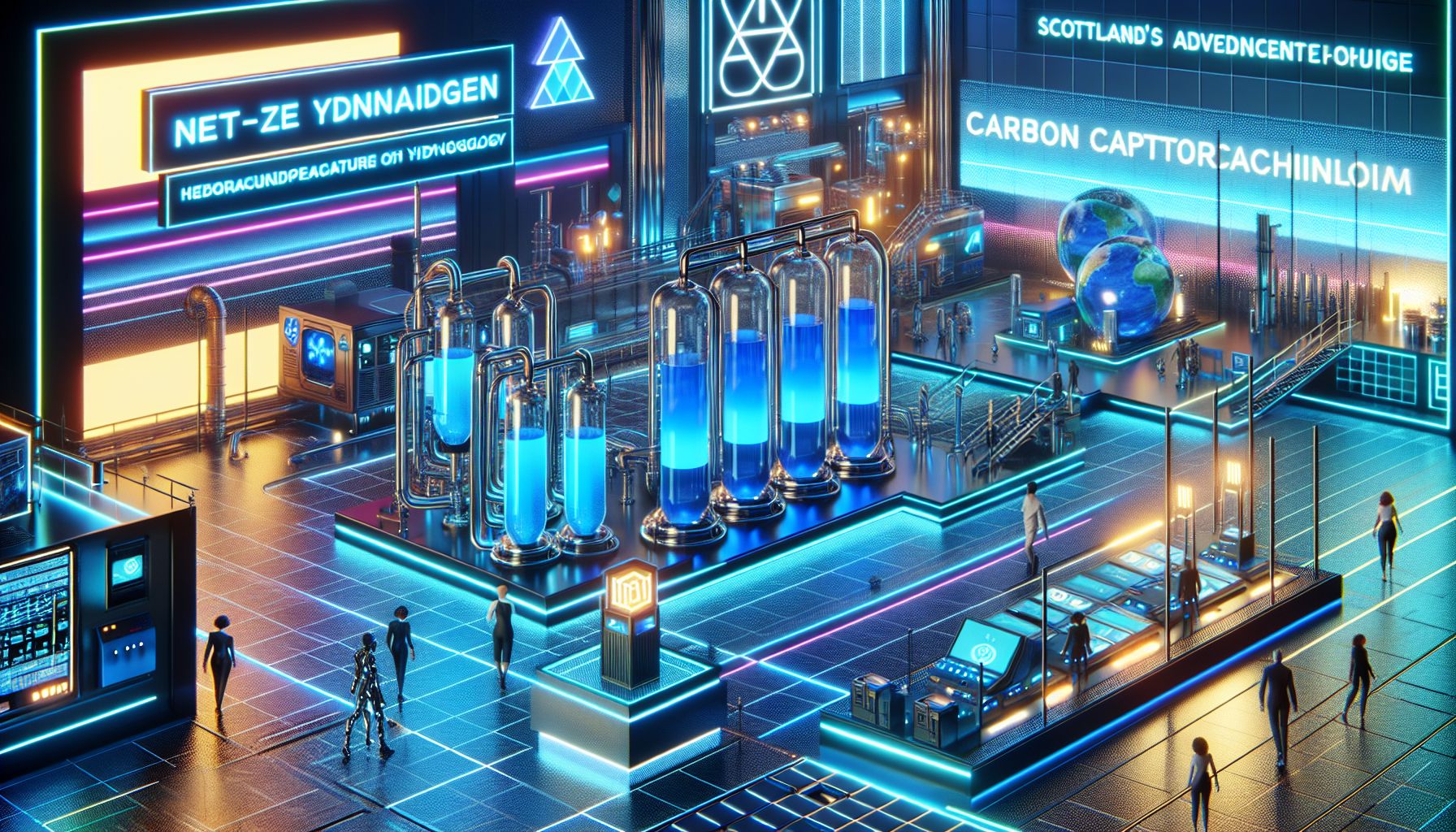Scotland's Hydrogen Leap: Fuel of the Future or Green Dream?

Edinburgh, Thursday, 26 June 2025.
Scotland boldly advances its net-zero agenda with blue hydrogen. By harnessing carbon capture, they’re not just cutting emissions but aiming to lead in sustainable energy. Could this be our clean future?
Scotland’s Strides in Hydrogen
Scotland is making remarkable progress with its ambitious net zero goals, focusing on blue hydrogen and carbon capture technologies. As of late, they’ve taken a bold step by emphasizing a strategy aimed at integrating CCS with traditional hydrogen production methods. The strategy includes plans to develop hydrogen plants that can deliver significant energy outputs while maintaining emissions control. This dual approach not only paves the way for cleaner energy but aims to place Scotland at the helm of sustainable energy transitions [1][2].
The Impact of the Blue vs Green Debate
The conversation on blue versus green hydrogen continues to dominate the discourse. The Scottish government, while once leaning heavily on blue hydrogen, has shifted its attention due to dropping costs of green hydrogen. This pivot reflects changing dynamics in the energy market where economic feasibility and long-term sustainability take precedence. Still, both forms of hydrogen are being developed, ensuring a robust and diverse energy future [2][3]. Critics, however, caution that relying heavily on blue hydrogen, which is tied to fossil fuel usage, may not be entirely risk-free due to price volatility [4].
Economic Opportunities and Challenges
Economic opportunities abound with hydrogen development in Scotland. The hydrogen sector is projected to generate thousands of jobs by 2030. Reports suggest that hydrogen production could provide up to 11,000 jobs, thus energizing local economies. Yet, the journey is not without financial hurdles. Producing green hydrogen remains expensive, especially in comparison to nuclear-driven methods in countries like France [5][6]. This cost differential poses a challenge, although Scotland is determined to overcome it by leveraging its unique resources and strategic location [2].
Infrastructure and Export Possibilities
To really capitalize on hydrogen’s potential, Scotland is investing heavily in infrastructure. Plans are underway for strategic pipelines to facilitate both domestic usage and export to Europe. Repurposing existing pipelines for hydrogen transport presents a cost-effective solution, promising economic efficiency and sustainability. With Scotland poised as a potential major exporter, questions still circle around the exact market and demand for these exports, leading experts to urge careful analysis of global markets [6][7].
The Road Ahead
Despite the enthusiasm surrounding hydrogen, Scotland’s ambition to be a key player in the hydrogen economy must be tempered with reality checks and strategic planning. The blend of blue and green hydrogen programs signifies a pragmatic approach amidst global energy transitions. Investments in both Carbon Capture and Storage and renewable technologies will be crucial. As they say, the proof of the pudding is in the eating—Scotland’s success will ultimately hinge on its ability to align its strategies with both local and international energy needs [3][4].
Bronnen
- spice-spotlight.scot
- illuminem.com
- www.theccc.org.uk
- pemedianetwork.com
- www.scottish-enterprise.com
- www.scottish-enterprise.com
- electrek.co